Hi there, pet lovers! 🕷️
For those who love creepy-crawlies with a side of personality, the woodlouse spider (Dysdera crocata) is a fascinating—if unsettling—choice. With its vivid red-orange body, enormous fangs, and a taste for pillbugs, this spider looks like something out of a horror movie. But beneath that intimidating exterior lies a surprisingly low-maintenance, hardy, and even maternal pet.
In this review, we’ll explore everything you need to know about keeping a woodlouse spider, from its unique hunting style to its surprisingly simple care requirements. Whether you’re a seasoned arachnid keeper or just curious about this unusual species, this guide will help you decide if the woodlouse spider deserves a spot in your collection.
Overview
Woodlouse spiders (Dysdera crocata) are small, ground-dwelling hunters known for their distinctive appearance and specialized diet. Here’s a quick summary of what makes them unique:
- Handling and Temperament: Not ideal for handling; best observed.
- Care and Maintenance: Extremely low-maintenance with simple habitat needs.
- Health and Durability: Hardy but fragile due to their soft bodies.
- Availability: Found worldwide; easy to collect or purchase.
- Cost: Very inexpensive to keep.
- Overall: A great pet for observational keepers who enjoy unique arthropods.
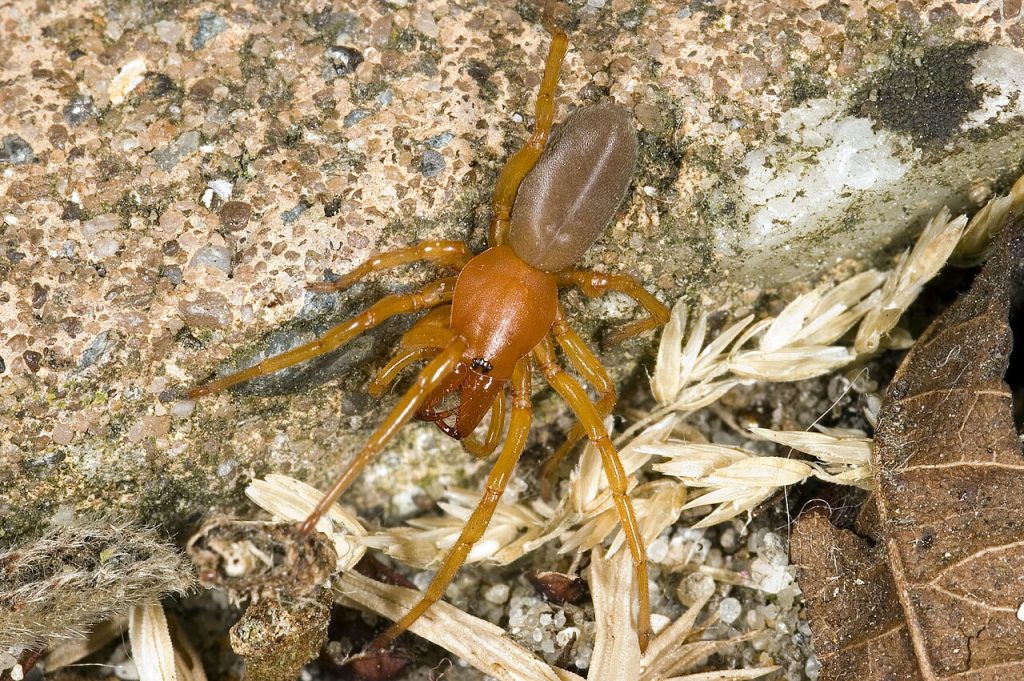
Why Choose a Woodlouse Spider?
Woodlouse spiders are perfect for those who want a low-effort, high-interest invertebrate pet. They don’t need much space, rarely escape, and have fascinating hunting behaviors. Plus, their unusual maternal instincts make them more engaging than many other spiders.
However, they’re not cuddly or interactive—this is a pet best appreciated from a distance. If you’re looking for something to watch rather than handle, the woodlouse spider is an excellent choice.
Handling and Temperament
Not a Hands-On Pet
Woodlouse spiders are not recommended for handling. Their long, needle-like fangs (chelicerae) are designed to pierce the tough exoskeletons of woodlice, and while their venom isn’t medically significant, a bite can still be painful.
- Fragile Bodies: Their soft abdomens can easily rupture if mishandled.
- Defensive Nature: They may rear up or lunge if threatened.
- Best for Observation: These spiders are best enjoyed inside their enclosure.
Do They Bite?
While woodlouse spiders can bite, they usually only do so if provoked or trapped. A bite may cause localized pain, redness, and slight swelling, but serious reactions are rare.
Key Handling Tips:
- Avoid picking them up unless absolutely necessary.
- If transferring, use a soft brush or deli cup to guide them.
- Never squeeze or pinch them—their bodies are delicate.
Care and Maintenance
Enclosure Setup
Woodlouse spiders thrive in simple, naturalistic setups that mimic their wild habitat.
- Enclosure Size: A small 5-gallon tank or plastic terrarium is sufficient.
- Substrate: Use moist (not wet) coconut fiber or peat moss to maintain humidity.
- Hiding Spots: Provide cork bark, leaf litter, or small caves for shelter.
- Ventilation: Ensure airflow to prevent mold but retain moisture.
Humidity and Temperature
- Humidity: Keep moderately damp (60-70% humidity). Mist lightly every few days.
- Temperature: Room temperature (65-75°F) is ideal. Avoid extreme heat or cold.
Feeding
Woodlouse spiders primarily eat isopods (pillbugs and sowbugs), but they’ll also accept:
Feeding Schedule:
- Offer 1-2 prey items per week.
- Remove uneaten prey to avoid stress.
Lighting
No special lighting is needed—indirect natural light or low ambient room lighting is sufficient.
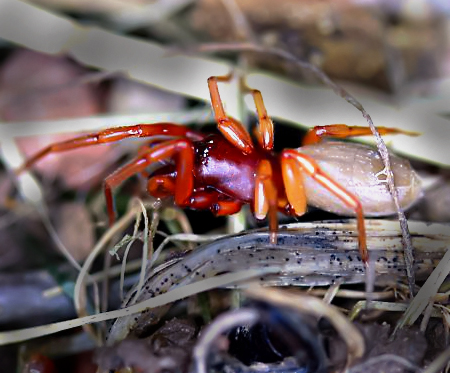
Health and Durability
Common Health Issues
- Dehydration: Caused by overly dry conditions.
- Mold/Fungal Growth: From excessive moisture.
- Ruptured Abdomen: Due to rough handling or falls.
Preventative Care
- Maintain proper humidity (damp but not soggy).
- Avoid sudden temperature changes.
- Handle as little as possible to prevent injury.
With good care, woodlouse spiders can live 2-5 years in captivity.
Availability and Cost
Where to Find Them
- In the Wild: Common under logs, rocks, and leaf litter in temperate regions.
- Breeders: Some specialize in captive-bred woodlouse spiders.
- Online Exchanges: Check invertebrate forums or exotic pet groups.
Cost Breakdown
- Spider: Often free if collected responsibly (or $10 to $30 from breeders).
- Enclosure: $10 to $30 (small plastic or glass terrarium).
- Substrate/Food: Under $20.
Total Setup Cost: As low as $30 to $50 for a basic habitat.
Pros and Cons
Pros
✔ Extremely low-maintenance—ideal for beginners.
✔ Fascinating hunting behavior (watching them take down isopods is a spectacle).
✔ Unique maternal care—females protect and even feed their young.
✔ Inexpensive to acquire and keep.
Cons
✖ Not handle-friendly—best for observation only.
✖ Fragile bodies—can easily be injured.
✖ Limited interaction—not a “pet” in the traditional sense.
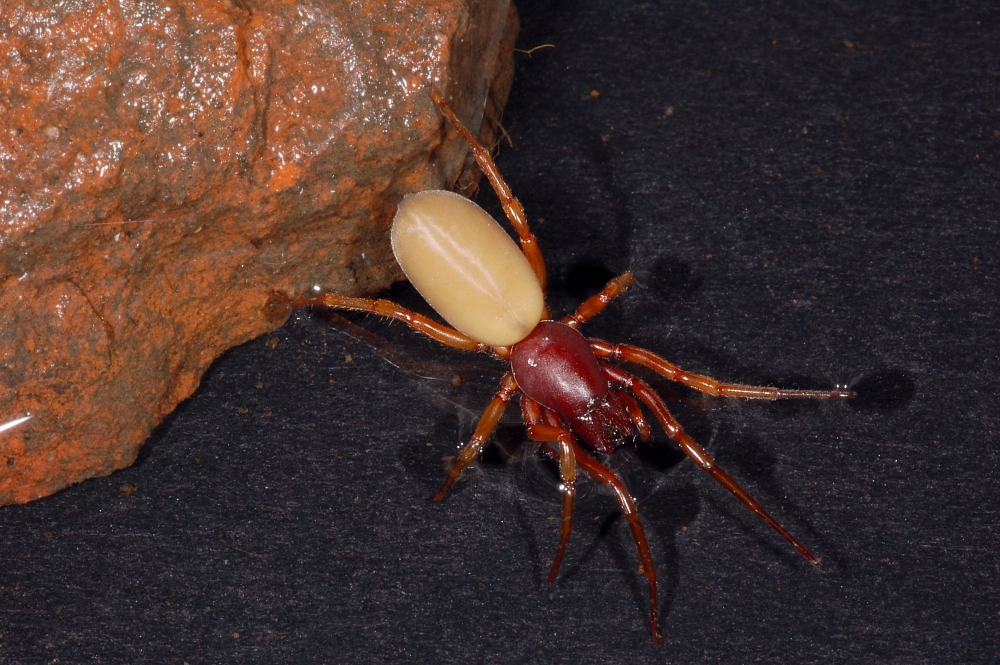
Final Thoughts
The woodlouse spider is a quirky, low-maintenance pet that’s perfect for observational keepers. While its nightmare-inducing appearance might scare some, its simple care, fascinating behaviors, and surprising parenting skills make it a rewarding choice for invertebrate enthusiasts.
If you’re looking for a unique, hands-off pet that’s easy to care for, the woodlouse spider might just be your perfect match.
Have you kept a woodlouse spider? Share your experiences in the comments!
For more unusual pet reviews, stay tuned—we’ve got plenty more fascinating creatures to explore. 🕷️

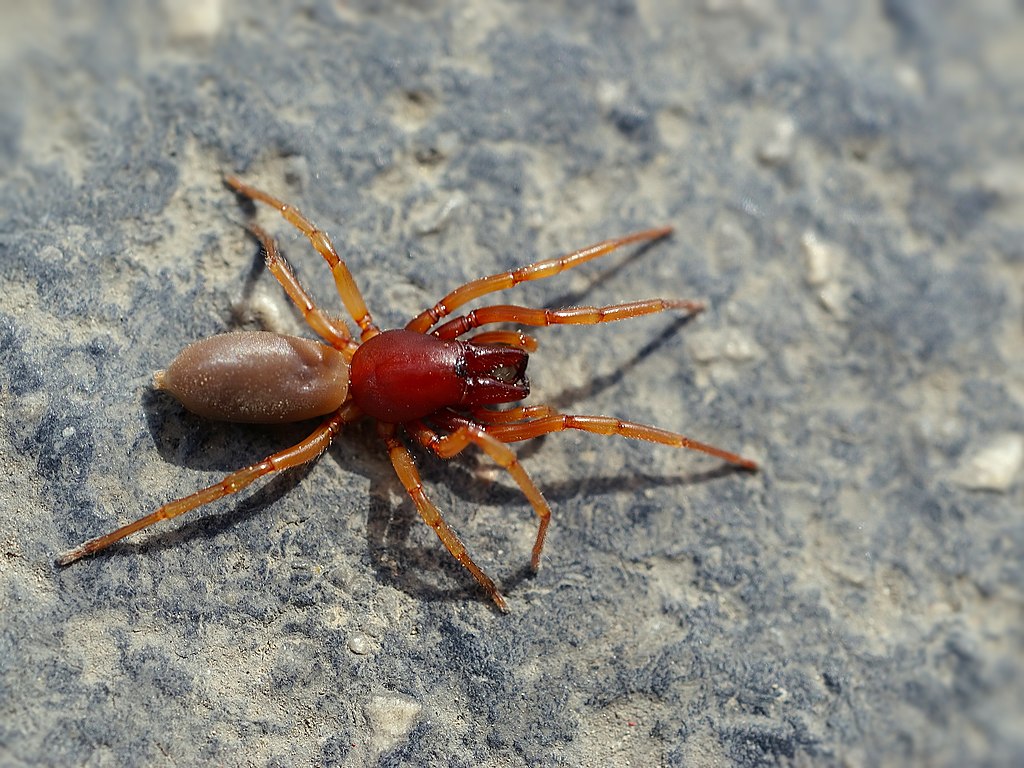

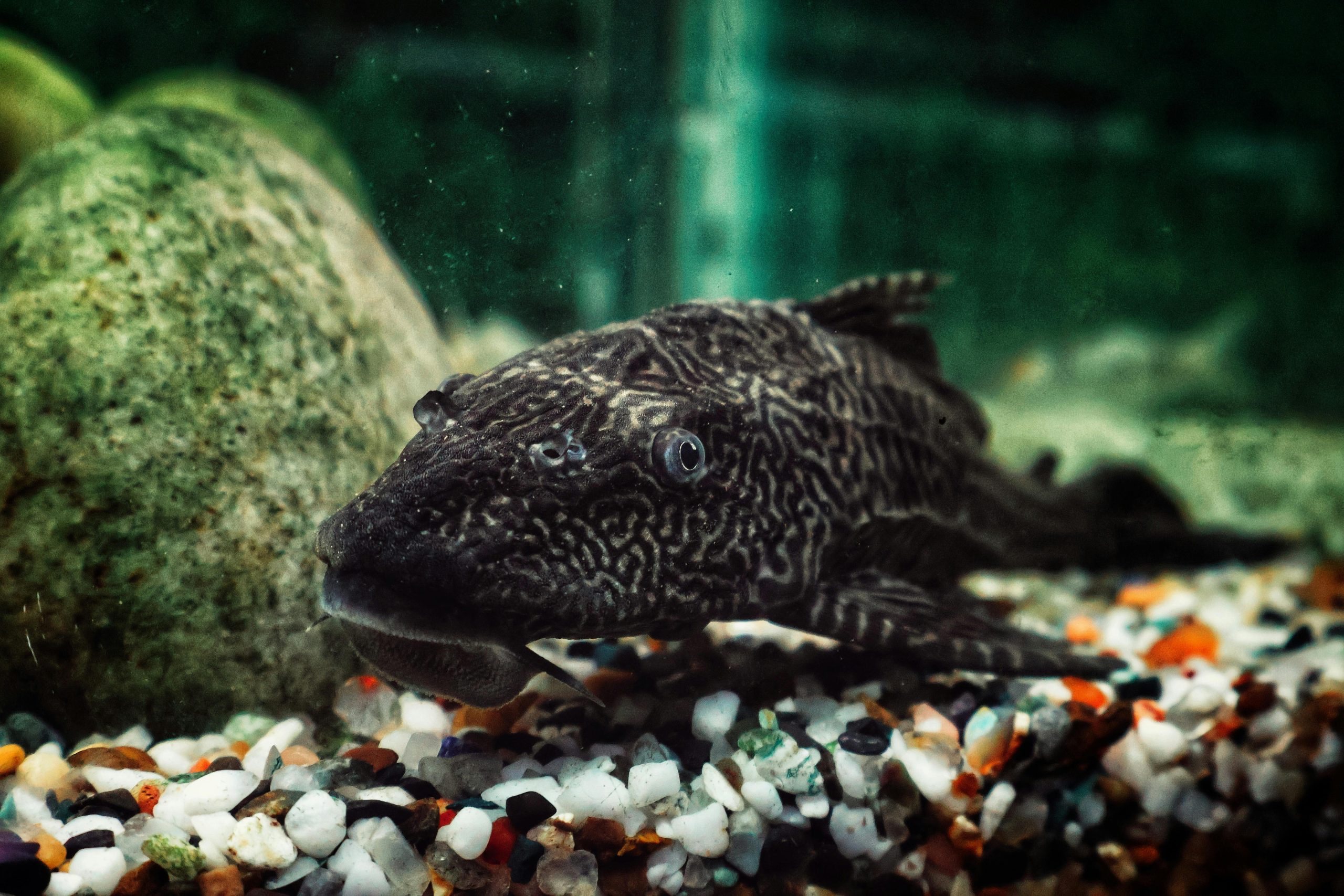
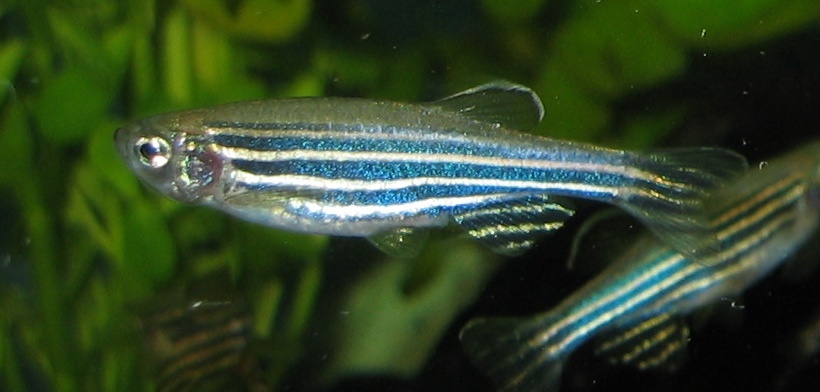
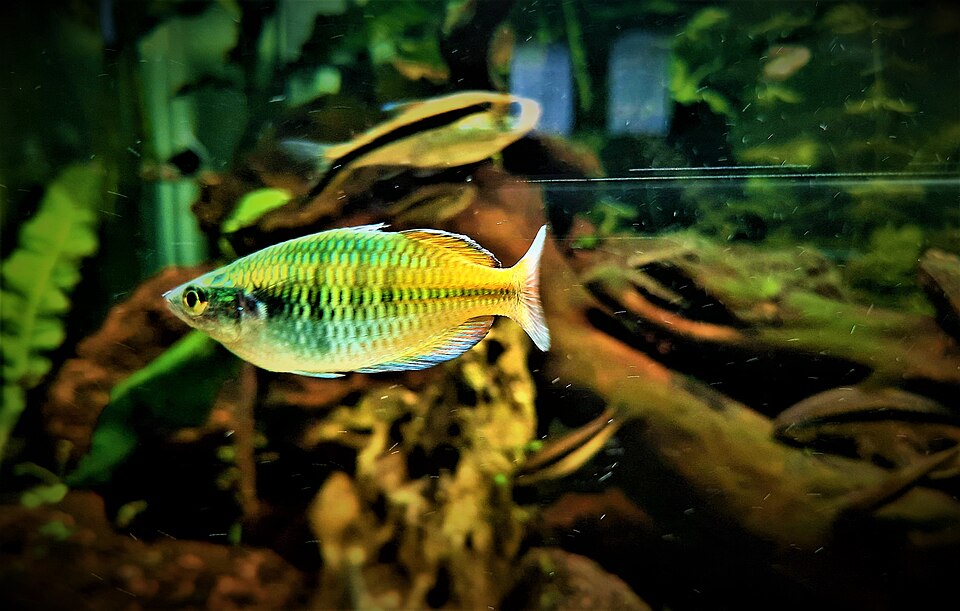
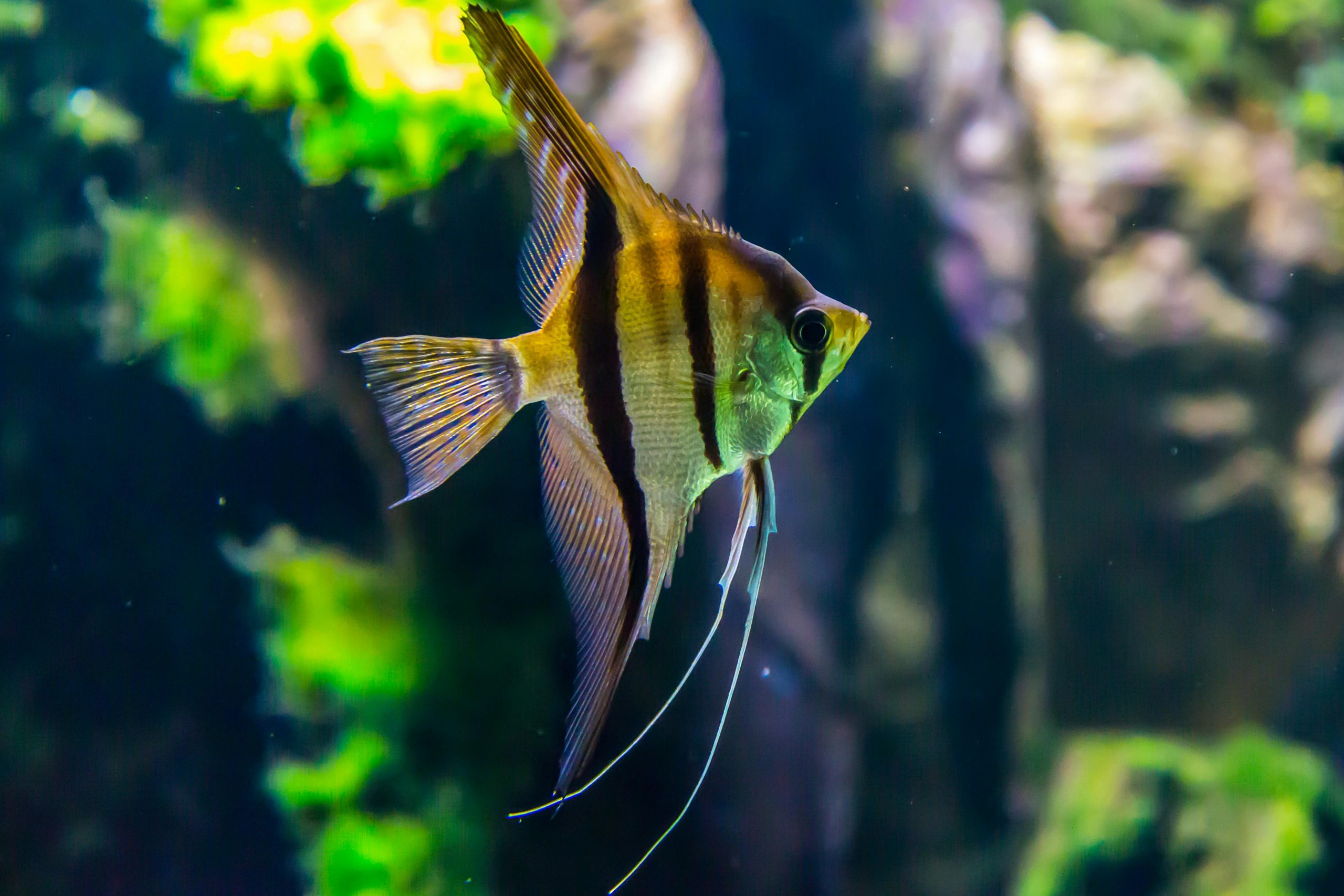
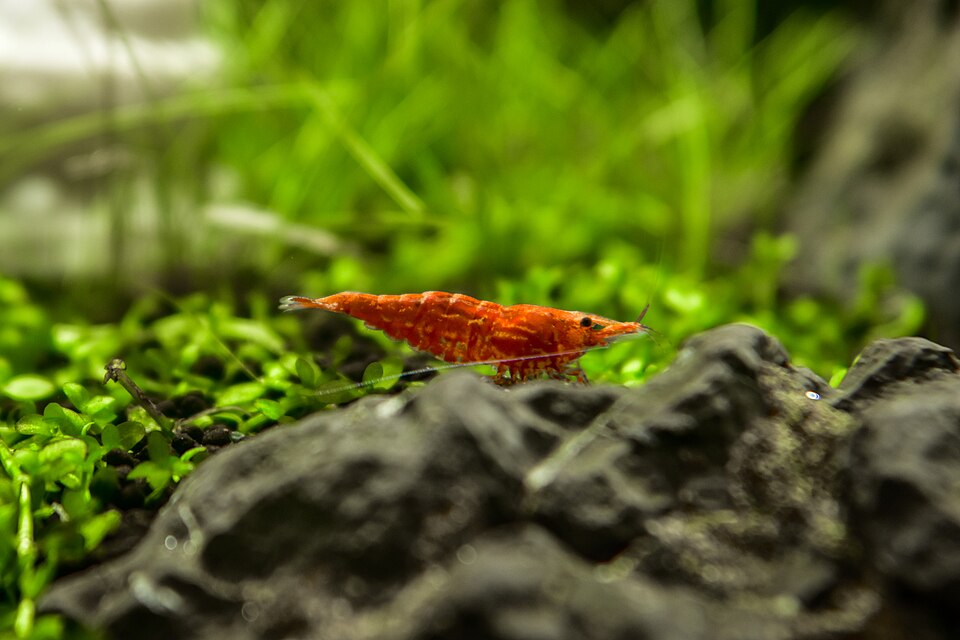
Leave a Reply